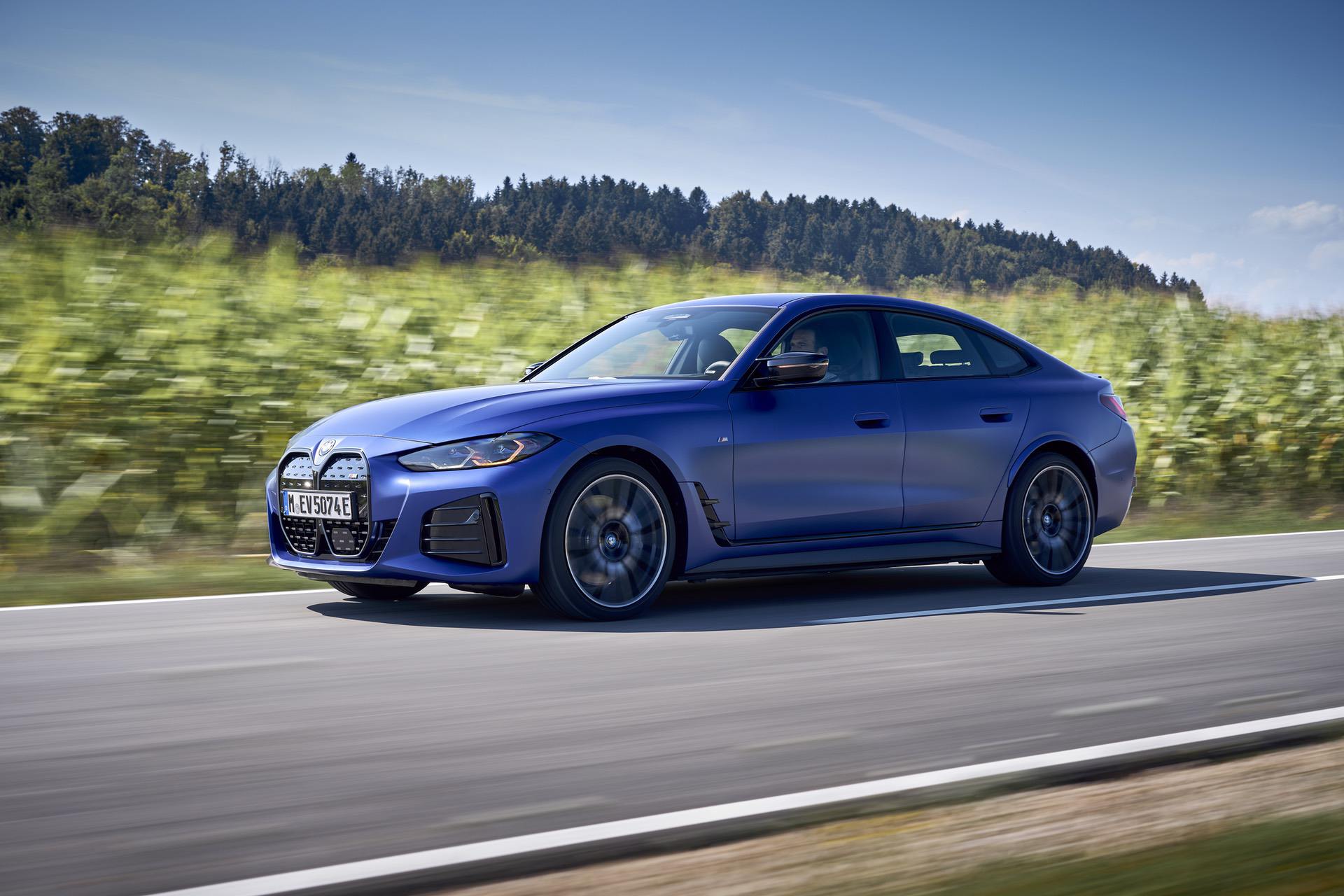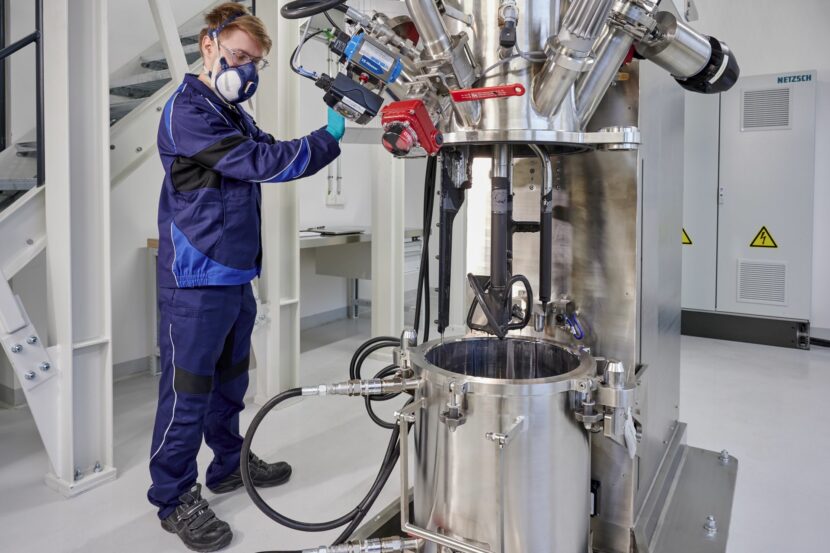As far as the industry can tell, electric vehicles are the future. However, there are still serious questions about the sustainability of the energy with which we charge them. Are EVs actually a better option than some other alternative fuels, if the electricity we charge them with is dirty? In this new video from Harry Metcalf, he compares the emissions impact of both a BMW i4 M50 and a vintage Rolls-Royce running on e-fuel.
Metcalf lines up three cars for this test; the aforementioned BMW i4 M50, a ’70s Rolls-Royce Silver Ghost running on Coryton Sustainable e-fuel, and a Range Rover P400e plug-in hybrid. He then compares how efficient and environmentally friendly they are by calculating how much CO2 per mile they emit.
Obviously, the i4 M50 doesn’t emit any CO2 itself but the electricity it’s charge with is generated from various CO2-emitting sources. Where Metcalf lives, the energy is mostly dirty energy, so he does admit that EVs would be cleaner in other areas. But it’s still a very interesting test.
He then compares how much they cost to run, based on electricity per mile and the cost of the e-fuel per mile. The e-fuel by Coryton is quite expensive, nearly double the cost of conventional fuel, however it’s made using recycled bio-material from farming. So it’s made from plant matter, tree matter, and various other bio-organic matters that have already absorbed CO2 in the atmosphere. Therefore, the Co2 released from burning e-fuel is CO2 is recycled. If you pull fuel from the ground, you’re emitting new CO2 into the air and then burning the fuel, releasing more, adding to the problem.
And while EVs don’t actually have any emissions themselves, manufacturing EVs emits huge amounts of CO2 into the air. Which means, at the moment, EVs aren’t actually as environmentally friendly as they seem. But we already knew that. What’s interesting finding out is how efficient and sustainable e-fuel is for older cars, so we might be able to drive our classic completely guilt-free in the future.






































































